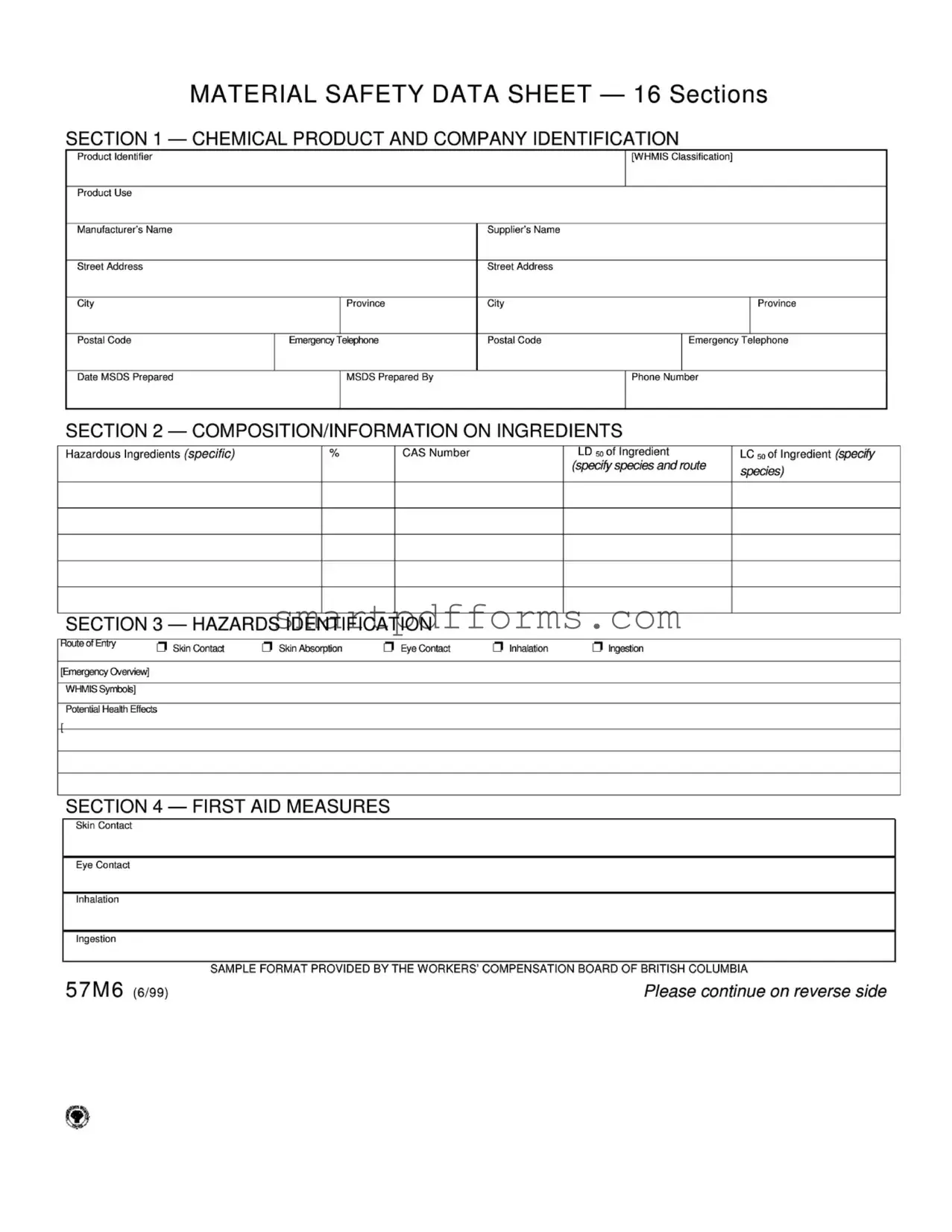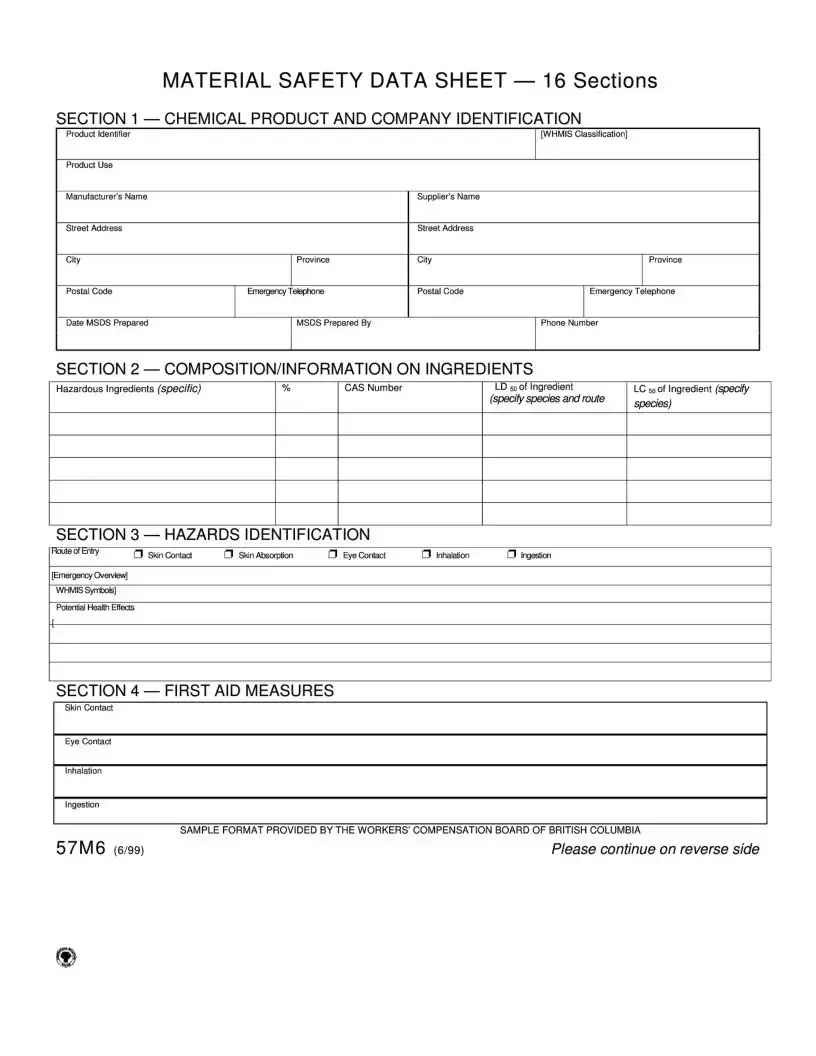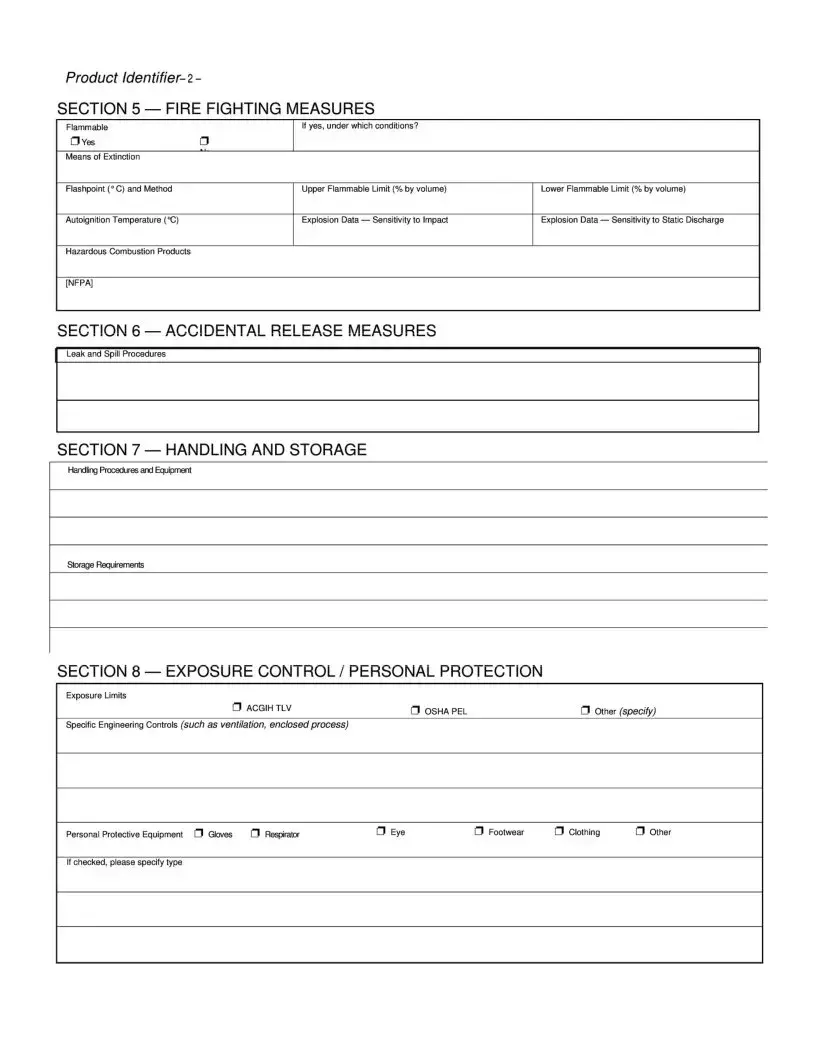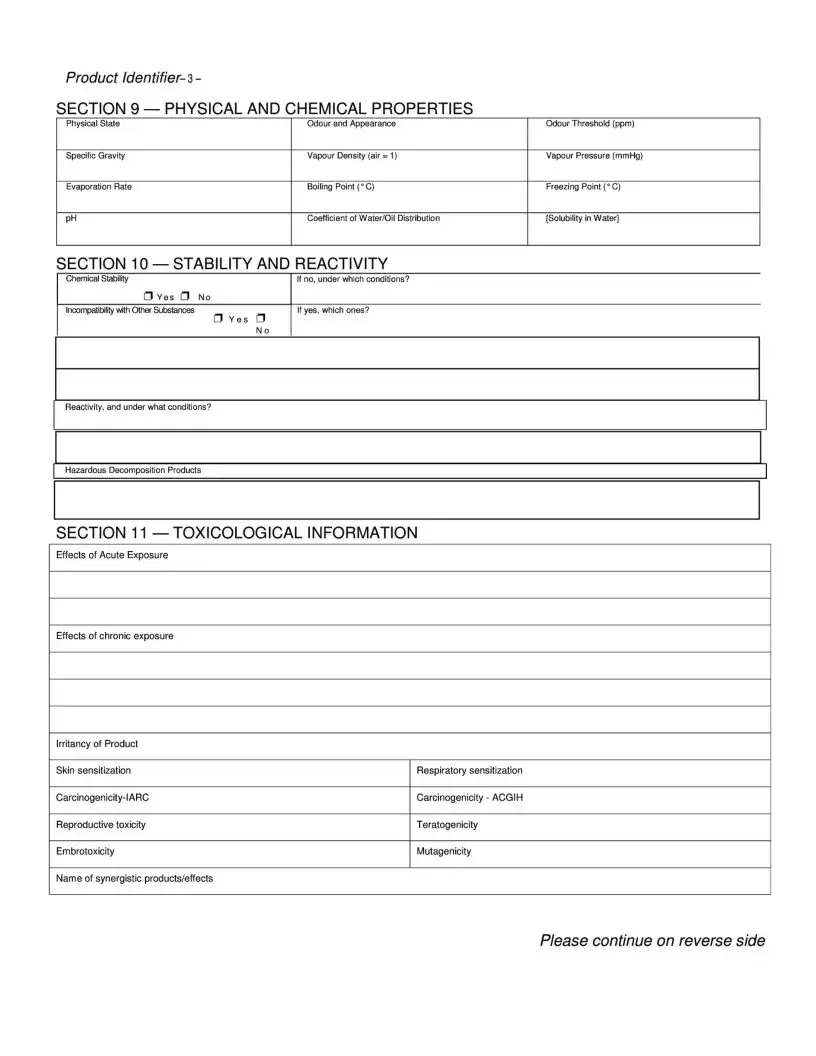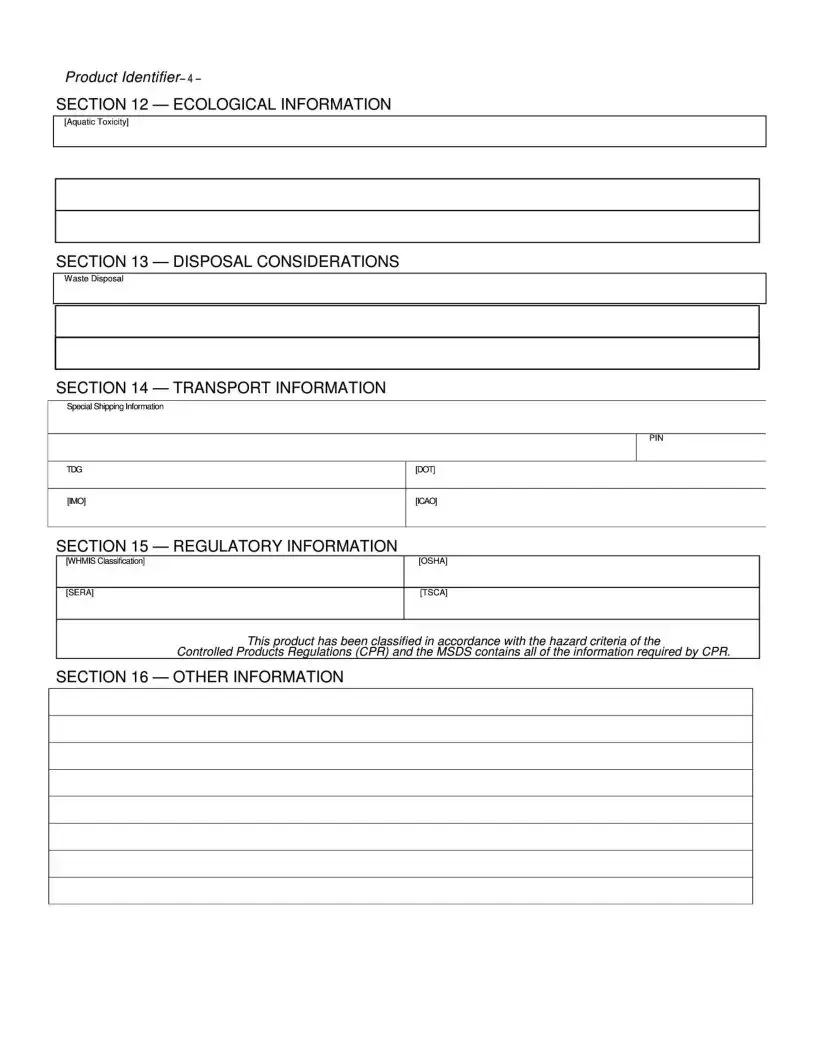When it comes to the Material Safety Data Sheet (MSDS), there are several common misconceptions that can lead to confusion or misunderstanding. Clearing up these misconceptions is crucial for ensuring workplace safety and compliance with regulations.
Misconception 1: MSDSs are only necessary for chemicals that are labeled as hazardous.
This is not true. The reality is that an MSDS must be provided for any chemical substance or mixture, regardless of whether it is considered hazardous. This ensures that all potential risks are communicated effectively.
Misconception 2: All sections of an MSDS are equally important for every user.
While all sections contain valuable information, the relevance may vary depending on the user's role. For instance, emergency responders might focus more on sections dealing with first aid measures and fire-fighting measures, whereas employees handling the chemicals regularly might prioritize exposure controls and personal protection.
Misconception 3: An MSDS is only useful in the event of an emergency.
Although MSDSs are critical in emergency situations, they also play a key role in everyday safety and health management, providing information on proper handling, storage, and use of chemicals to prevent accidents and exposures.
Misconception 4: MSDS information is static and never changes.
Chemical properties don't change, but our understanding of their effects on health or the environment can evolve. Additionally, regulations and safety recommendations are periodically updated. Therefore, MSDSs are updated to reflect the most current information available.
Misconception 5: All MSDSs follow the same format.
While there is a standardized 16-section format recommended for consistency, the depth and style of information presented can vary significantly between manufacturers and products. Always review each MSDS carefully.
Misconception 6: If a product is common, you don’t really need to read its MSDS.
Even the most common products can have risks associated with their use, especially in large quantities or under specific conditions. Familiarity should not replace diligence in safety practices, making it important to review the MSDS for every product, regardless of its perceived commonality.
